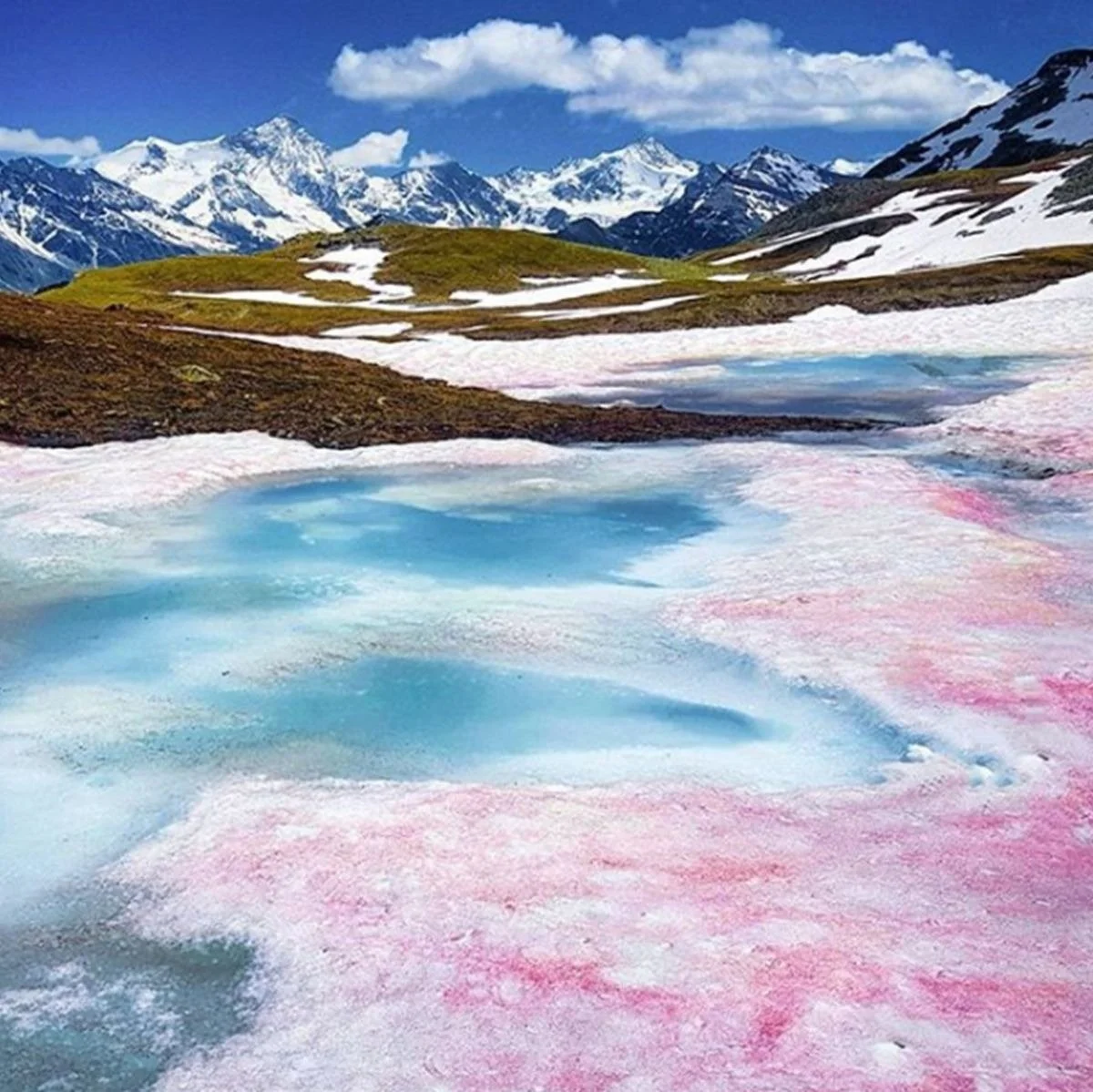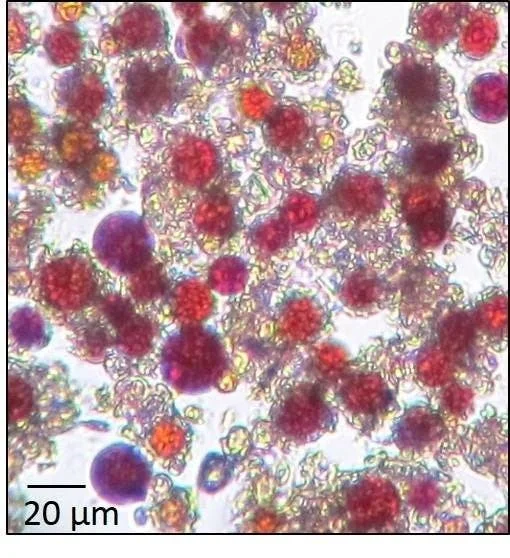Astaxanthin Romance
Pink Beach, West Nusa Tenggara, Indonesia
Pink sand beaches and watermelon snow are intriguing natural phenomena caused by the presence of certain types of algae that produce a pink pigment called astaxanthin. This pigment not only gives these natural wonders their vibrant pink color but also offers potential benefits for human health.
Astaxanthin, a powerful antioxidant found in the pink pigment, has been studied for its potential anti-inflammatory and anti-aging properties. It helps protect our cells from oxidative damage caused by free radicals, which can contribute to various health issues.
Research suggests that astaxanthin may have positive effects on cardiovascular health by improving blood lipid profiles and reducing oxidative stress. It also shows promise in supporting eye health and reducing the risk of age-related macular degeneration.
Moreover, astaxanthin has been investigated for its potential benefits in exercise performance and recovery. It may enhance endurance, reduce muscle damage, and alleviate exercise-induced fatigue.
In addition to its potential health benefits, astaxanthin is used in the cosmetic industry for its ability to promote skin health and reduce signs of aging. It improves skin elasticity, reduces wrinkles, and protects against UV damage.
While more research is needed to fully understand the potential benefits of astaxanthin, its natural occurrence in algae presents an intriguing avenue for exploring its applications in human health. Incorporating algae-based products or supplements into our daily lives may offer a natural and potentially valuable way to support our overall well-being.
For a deeper dive on astaxanthin:
https://santorosangolda.medium.com/astaxanthin-the-power-of-pink-4d7c0e238379



